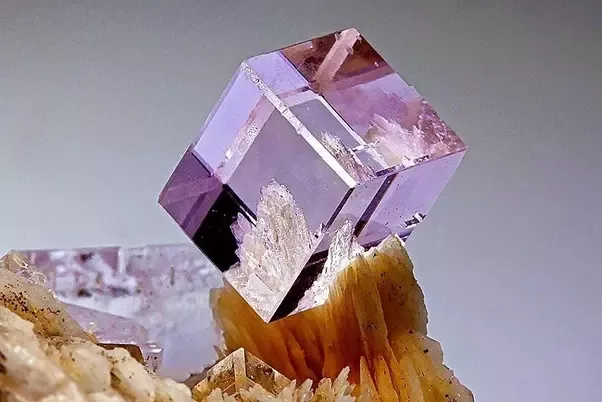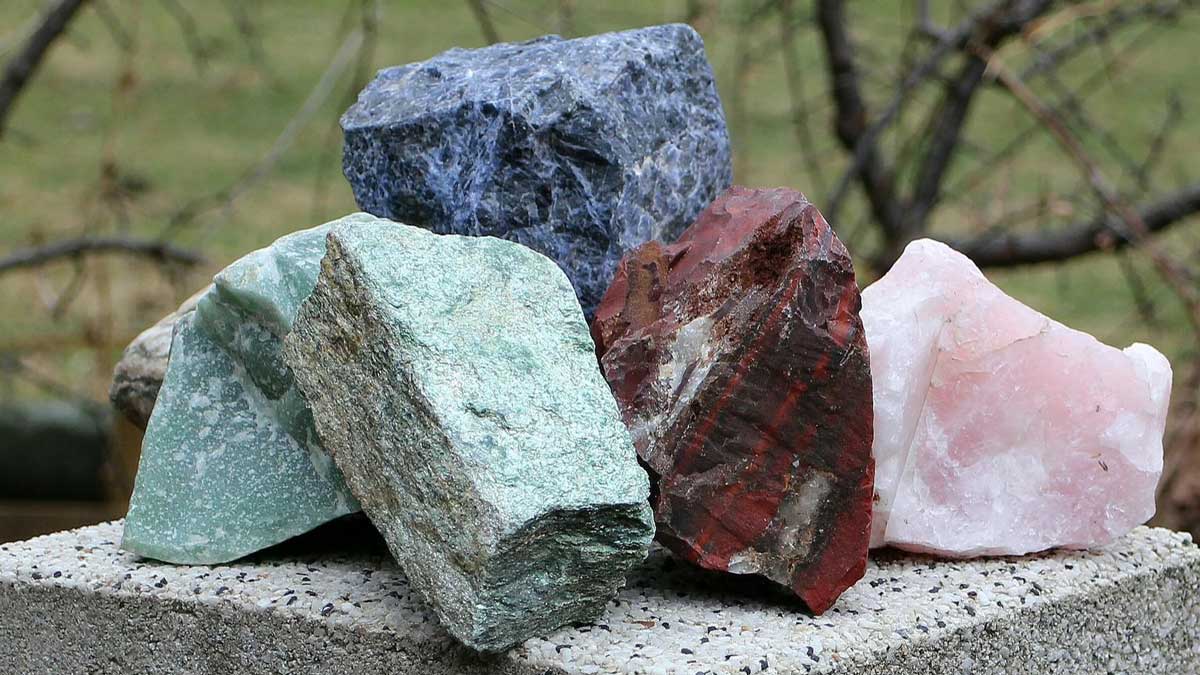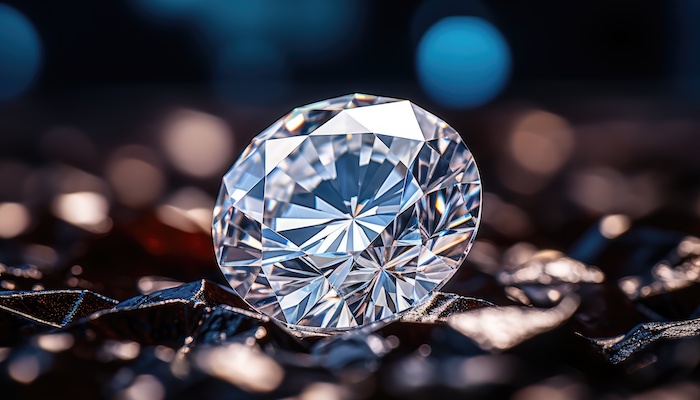Introduction:
Minerals, the building blocks of our planet, hold an unparalleled allure for scientists, collectors, and enthusiasts alike. From the dazzling sparkle of diamonds to the intricate patterns of agate, minerals captivate our imagination and offer a glimpse into Earth’s geological history. Let’s embark on a journey to uncover the secrets of these extraordinary natural treasures.

What are Minerals ?
Minerals are naturally occurring inorganic substances with a crystalline structure and a definite chemical composition. They form through various geological processes over millions of years, often deep within the Earth’s crust or through volcanic activity. Each mineral possesses unique properties such as color, hardness, luster, and cleavage, making them distinguishable from one another.

Classification of Minerals:
Minerals are classified into several categories based on their chemical composition and crystal structure:

Silicates:
The most abundant group of minerals, silicates are composed primarily of silicon and oxygen atoms. Quartz, feldspar, and mica are prominent examples of silicate minerals.
Carbonates:
Carbonate minerals contain carbonate ions (CO3) as a fundamental component. Calcite and dolomite are well-known carbonate minerals found in sedimentary rocks like limestone.
Sulfides and Sulfates:
Sulfide minerals, such as pyrite and galena, consist of metal cations bonded to sulfur ions. Sulfate minerals, like gypsum and barite, contain sulfate ions (SO4) combined with various metals.
Oxides:
Oxide minerals are composed of oxygen atoms combined with metal cations. Examples include hematite, magnetite, and rutile, which often form in environments rich in oxygen.
Native Elements:
These minerals exist in their pure elemental form and are relatively rare. Gold, silver, and copper are classic examples of native elements coveted for their beauty and value.]
Also Visit: Review Hoverwatch Best Spy Phone Tracker






